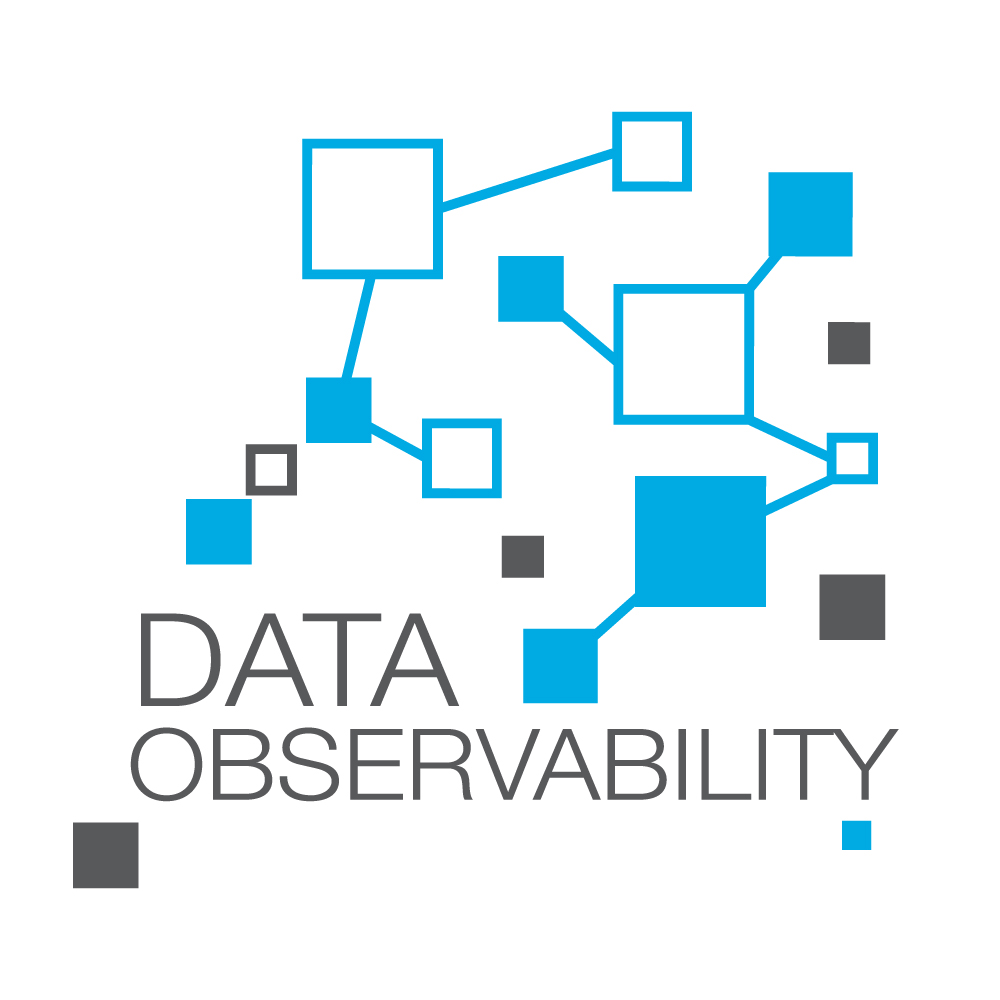Observability gives teams access to actionable insights by correlating information and providing context, thereby helping them make decisions, prioritise actions, and solve problems faster
Businesses are drowning in data. Let’s start with the facts: The volume of data generated, consumed, copied, and stored is projected to reach 180 zettabytes in 2025, up three times from 64 zettabytes in 2020.
Modern enterprises leverage more data to stay ahead of the competitive curve and drive innovation. As such, teams across the enterprises are using and accessing this data to drive critical business functions. From marketing to IT, different teams need better insight and more context from the data they receive to do their job well in a constantly evolving environment.
Today, if you ask data-driven enterprises what’s the No. 1 challenge plaguing them, the answer, invariably, would be data quantity and usage exploding. The enterprise teams that manage the infrastructure, applications, and networks underpinning modern analytics pipelines struggle with slow, unwieldy data lakes, while maintaining integrated views across hybrid, multi-cloud environments. Also, it’s a challenge to deliver data and analytics pipelines with sufficient levels of performance, availability, and reliability – a complexity that undermines the business value.
To bring in the next level of monitoring, visibility and effective collaboration in dynamic environments, many enterprises now adopt data observability technology that give data and IT teams the option to observe the data processing layer, the data, and data pipelines of complex modern data stacks and analytics. Observability solutions help teams have access to actionable insights by correlating information and providing context, thereby helping them make decisions, prioritise actions, and solve problems faster.
Data observability handles AI and analytics workloads, enabling business and IT organisations to monitor, detect, predict, prevent, and resolve issues from source to consumption across the enterprise.
“Data observability is a 360-degree view into data health, processing and pipelines,” said Rohit Choudhary, CEO and Co-founder of Acceldata, a provider of data observability solutions. “Data observability tools take a diversity of performance metrics, and they analyse them in order to alert you to predict, prevent and fix problems. In other words, data observability focuses on visibility, control and optimisation of modern data pipelines built using diverse data technologies across hybrid data lakes and warehouses.”
Teams across every department in every industry handle data and need insights regularly, data is relevant to all. From the data or IT team that manages the flow of data across internal and external systems and the marketing team that creates targeted campaigns based on data to the finance team unlocking insights about new markets and investment opportunities based on data.
Every department uses data, and so every department needs to move fast at scale, and work together.
By using automation and machine learning to correlate thousands of alerts across multiple servers, nodes, clusters, containers, and applications, the technology pinpoints issues and finds and alerts on data anomalies, queries that may eat up memory, and failed data quality rules so data teams can scale and start. So systems can scale and start to meet expectations again. Observability also includes data quality controls to help mitigate the rising risks of inaccurate AI and analytics output.
With data observability, DataOps, platform, and site reliability engineers ensure infrastructure performance, efficiency, and capacity, data architects and data engineers improve data access and quality, data teams can meet or exceed SLA, and finally, business and IT leaders, and analysts improve decision-making, analytics processes planning, and cost control.
First, data teams must apply data observability best practices to monitoring, alerting, and troubleshooting for data incidents arising in pipelines. Leveraging lineage to map upstream and downstream dependencies makes it much easier to collaborate between engineering and data teams when things break.
“Data becomes a competitive advantage when effectively utilised,” said Choudhary. “C-suite executives at organisations—both large and small—are increasingly aware of this reality, which further accelerates data’s rapid growth. The ability to leverage real-time data to automate everything from manufacturing processes to online shopping experiences elevates performance at a lower cost.
By controlling and customising data pipelines, data observability ensures reliable data delivery in the desired form to different teams. It gives visibility into all data sets, systems, and processes. The system operationalises business success by controlling data stack complexities, reducing downtime, and tracking data as it flows through pipelines from ingestion to consumption.
Acceldata’s data observability solution tracks every data transaction, and transformation, as data flows via pipelines, making teams “data-aware” and providing valuable insights and automation for predicting the future behaviour of data to all departments.
It allows enterprises to observe data process/data compute layers to analyse varying workloads and prevent operational issues, offers automatic recommendation of data quality rules, and automates data quality optimisation processes. What’s more, it identifies optimisation targets across an enterprise’s entire environment and automated management of hundreds of data pipelines — all these help to increase productivity with deep visibility into data usage and hotspots.
As enterprises continue to embed analytics and AI into more aspects of their operations to enable real-time fraud prevention, or customer recommendations, they need to have high confidence in their data workload SLAs. Data observability helps business and IT leaders, data architects, and data engineers to collaborate to design creative analytics-operational workflows with an acceptable level of risk, and ideally a reasonable ROI.
All in all, the benefits of data observability, which include getting 360-degree visibility of data in the enterprise while ensuring the delivery of high-quality data on time and monitoring data risks. It also leverages advanced analytics to identify trends and anomalies in data and processing to prediction and prevention, helps in building trust in data, and finally, gaining insights into utilisation and cost to align to business benefits.
The data observability concept continues to gain steam. By adopting data observability and investing in automated, scalable data discovery, enterprises can help their cross-functional teams meet their priorities — and more.
If you liked reading this, you might like our other stories
The 9 Cs Of Cybersecurity For The Modern Business
Is Poor Data Quality Affecting Your Business?









